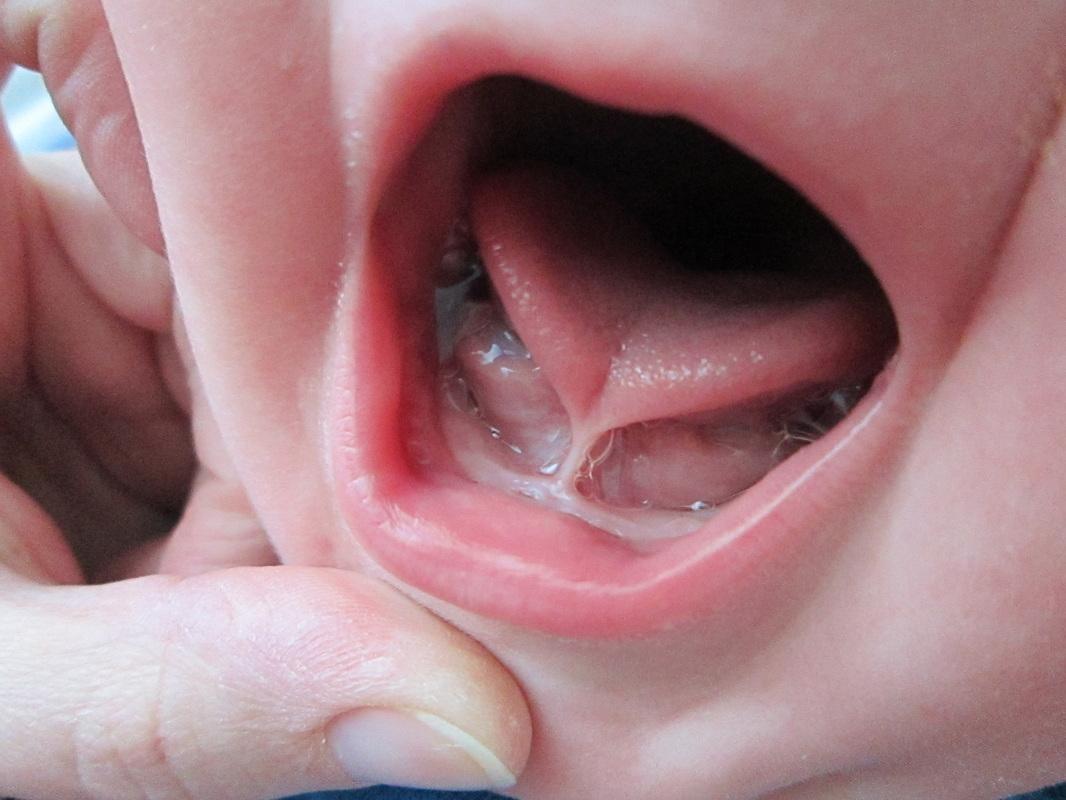Tongue ties in children have been recognized as a significant concern for many years in Orem. Despite some misconceptions, it’s crucial to understand that tongue ties do not resolve independently and can have long-lasting effects if left untreated. In this blog, we will explore six key facts about tongue ties in children and highlight the importance of early intervention. We’ll provide valuable insights into this common condition, from speech issues to treatment options. Parents can ensure their children’s well-being and optimal development by understanding the signs and seeking a proper assessment.
Tongue-Tie Doesn’t Resolve on Its Own
One of the most critical facts about tongue ties is that they do not resolve spontaneously. Tongue ties occur when the frenulum, a thin band of tissue connecting the tongue to the floor of the mouth, is shorter or tighter than usual. This restricts the tongue’s movement, affecting various functions such as breastfeeding, swallowing, and speech. Without intervention, a tongue tie can persist into adulthood, leading to difficulties in articulation, snoring, and chronic pain.
Tongue-Tie Can Lead to Speech Issues
Tongue ties can significantly impact a child’s speech development. Traditional speech therapy may not effectively address speech issues associated with tongue ties because the physical restriction of the tongue interferes with proper articulation. The compensatory techniques employed by children to overcome these restrictions can also lead to dental problems. Early identification and treatment of tongue ties can help prevent speech delays and other related issues, allowing children to develop clear and confident communication skills.
Clipping Isn’t Always the Optimal Solution
Frenotomy, a procedure involving snipping the frenulum, is a common treatment for tongue ties. However, it’s important to note that clipping may not always be the optimal solution. Although it provides initial relief, the incomplete release is risky, requiring further treatment. The thick tissue left after clipping may also grow back, necessitating additional interventions. It’s crucial to consult with healthcare professionals experienced in tongue-tie treatments to determine the most appropriate course of action for each individual case.
Laser Surgery: A Safer and More Precise Solution
Laser surgery has emerged as a safer and more precise alternative to clipping for tongue tie treatment. This minimally invasive procedure utilizes laser technology to precisely remove the restrictive tissue, reducing the risk of bleeding and infection. With immediate healing and less post-operative discomfort, laser surgery offers numerous advantages over traditional methods. Skilled healthcare providers, such as pediatricians, ENT specialists, pediatric dentists, or GPs, can perform laser surgery, providing an effective and efficient solution for tongue tie correction.
“Wait and See” Isn’t Always the Best Approach
Taking a “wait and see” approach when dealing with tongue ties is not always advisable. While some tongue ties may improve or resolve naturally, others can persist and cause ongoing problems. For infants struggling with breastfeeding, delays in seeking intervention can lead to pain, frustration, and inadequate nutrition for both the baby and the mother. Additionally, tongue ties can affect bottle-fed babies, resulting in issues like excessive gas, slow feeding, and reflux. Parents must be proactive and seek evaluation and treatment to ensure their children’s optimal feeding and overall development.
Signs Indicating the Need for Tongue Assessment
Recognizing the signs that indicate the need for tongue assessment is crucial for early intervention. While some signs may be associated with other breastfeeding-related challenges, they commonly occur in cases of tongue tie. These signs include painful breastfeeding, damaged nipples, loss of suction during feeding, clicking noises, inadequate weight gain, and recurrent blocked ducts or mastitis. Parents should be vigilant and consult with healthcare professionals experienced in assessing tongue ties to accurately diagnose the condition and determine the best course of action.
Conclusion
Understanding the key facts about tongue ties in children empowers parents to make informed decisions regarding their child’s well-being. Early intervention is crucial to prevent long-term complications, including speech issues and dental problems. While clipping has been a common treatment approach, laser surgery offers a safer and more precise alternative. Taking a proactive stance rather than adopting a “wait and see” approach can alleviate pain, frustration, and feeding difficulties in breastfed and bottle-fed infants. By recognizing the signs indicating the need for tongue assessment, parents can ensure timely evaluation and appropriate treatment, enabling their children to thrive and reach their full potential.
To prevent potential dental and speech issues, it is advisable to have a child thoroughly assessed and treated for tongue tie. Early intervention can help avoid many problems altogether. If you want to learn more about tongue ties in children or have your child evaluated, we encourage you to contact Canyon Gate Dental today.





